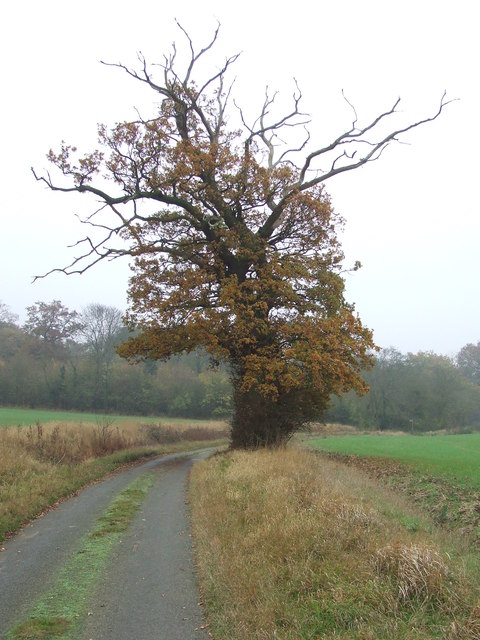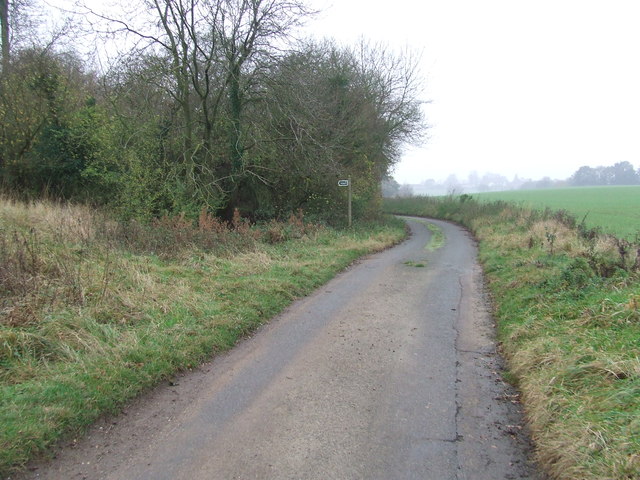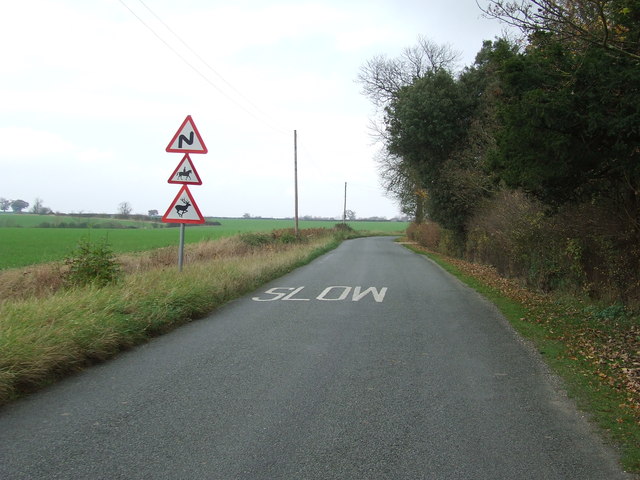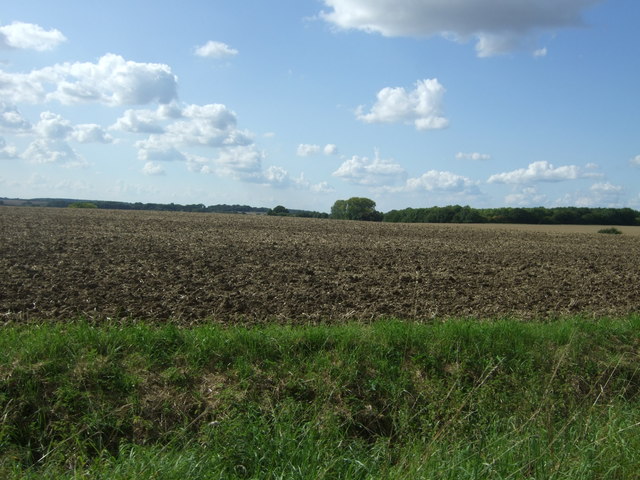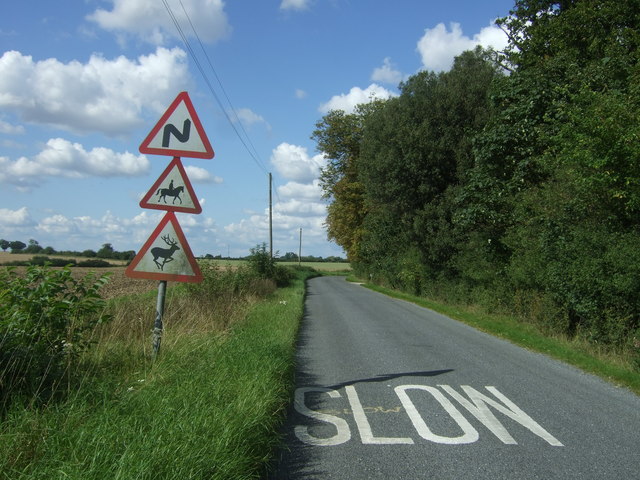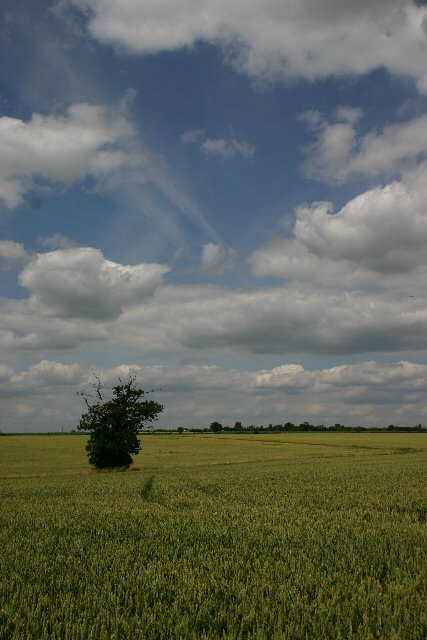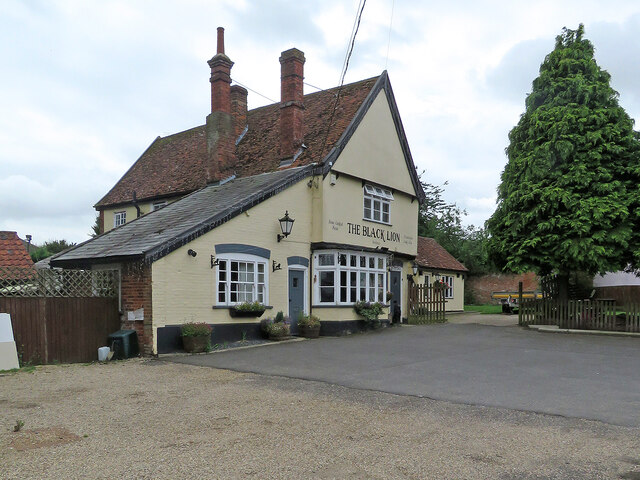Calves Wood
Wood, Forest in Suffolk Babergh
England
Calves Wood
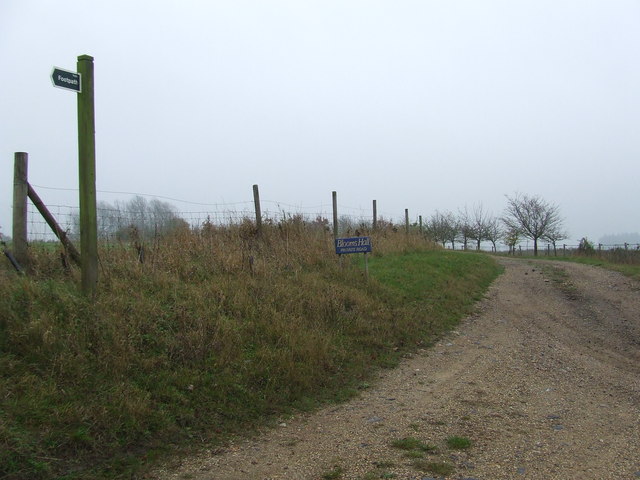
Calves Wood is a picturesque woodland located in the county of Suffolk, England. It covers an area of approximately 30 hectares and is nestled within the rolling countryside of East Anglia. The wood is situated near the village of Calvesford and is easily accessible via a network of country lanes.
This ancient woodland is predominantly composed of oak and beech trees, which create a dense canopy that filters the sunlight, casting a tranquil atmosphere throughout the forest. The forest floor is adorned with a rich carpet of bluebells in the springtime, adding a vibrant burst of color to the landscape.
Calves Wood is a haven for wildlife, providing a diverse habitat for a range of flora and fauna. The wood is home to a wide variety of bird species, including woodpeckers, tawny owls, and jays. Small mammals such as foxes, badgers, and squirrels can also be spotted darting amongst the undergrowth.
An extensive network of footpaths and trails crisscrosses the woodland, allowing visitors to explore the natural beauty at their leisure. The paths wind through the ancient trees, leading to hidden clearings, babbling brooks, and small ponds. The wood is a popular destination for walkers, nature enthusiasts, and photographers, who are drawn to its tranquil ambiance and scenic vistas.
Calves Wood offers a peaceful retreat from the hustle and bustle of everyday life, where visitors can immerse themselves in the beauty of nature and experience the wonders of an ancient English woodland.
If you have any feedback on the listing, please let us know in the comments section below.
Calves Wood Images
Images are sourced within 2km of 52.103676/0.69423822 or Grid Reference TL8448. Thanks to Geograph Open Source API. All images are credited.



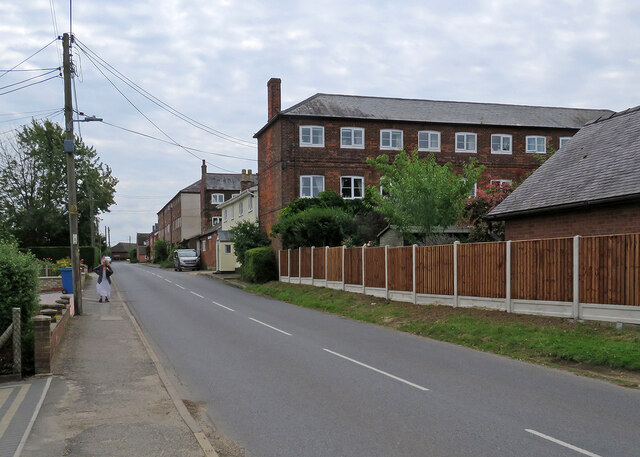
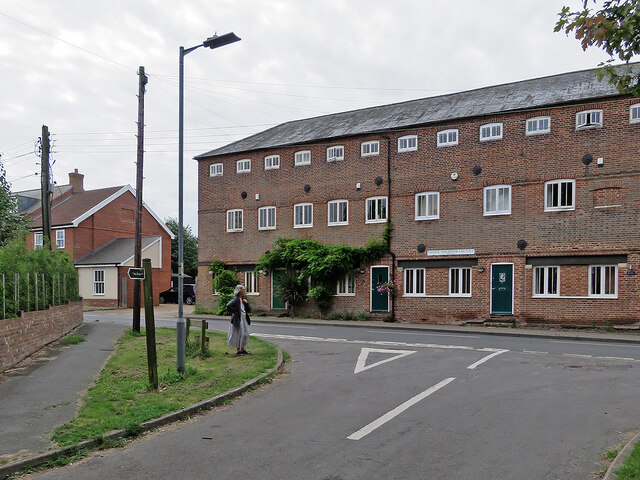
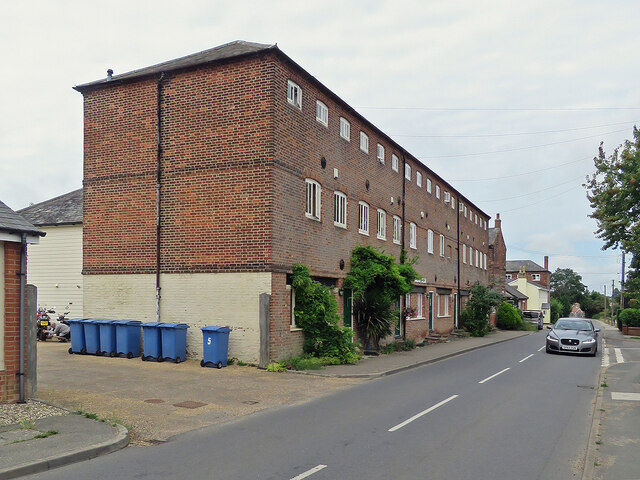
Calves Wood is located at Grid Ref: TL8448 (Lat: 52.103676, Lng: 0.69423822)
Administrative County: Suffolk
District: Babergh
Police Authority: Suffolk
What 3 Words
///mountain.spinning.occupiers. Near Glemsford, Suffolk
Nearby Locations
Related Wikis
Stanstead, Suffolk
Stanstead is a village and civil parish in Suffolk, England. The name Stanstead comes from the Old English for "Stony place". Located off the B1066, it...
Glemsford
Glemsford is a village in the Babergh district in Suffolk, England, near the town of Sudbury. Glemsford is located near the River Glem and the River Stour...
Kentwell Woods
Kentwell Woods is a 77.6-hectare (192-acre) biological Site of Special Scientific Interest in fifteen woods in fourteen separate blocks east and north...
Glemsford Pits
Glemsford Pits is a 37.5-hectare (93-acre) biological Site of Special Scientific Interest south of Glemsford in Suffolk. The River Stour, which forms the...
Nearby Amenities
Located within 500m of 52.103676,0.69423822Have you been to Calves Wood?
Leave your review of Calves Wood below (or comments, questions and feedback).
